11 May Why posture matters and what you can do!
The link between posture and developing musculoskeletal problems (and PAIN!)
It is important to think about each muscle in the body as having an optimal amount of work it can do before it reaches a point of failure or burnout. When we hold our joints in the best position or ‘good posture’ (e.g. sitting up tall), we advantage all the muscles around the joint and have a long time before our muscles reach burnout. When we hold our joints in ‘bad posture’ (e.g. slouching, slumping), we disadvantage some muscles and reach burnout very quickly.
Burnout results in a feeling of stiffness and aching around the burnt out muscle. At this point, we lose our ability to hold good posture, but we can still persist with what we are doing by relying on the connective tissues of our body (fascia, tendons, ligaments).This stretching can create trauma to the connective tissue and cause a localised and sharp pain. This is a very common way to develop osteoarthritis, tendinopathy/tendinalgia (or the recently debunked, yet commonly used term ‘tendinitis’), joint capsule sprains or bursitis.
5 things you can do about it
1) Strive to optimise your posture in all activities, but particularly those you do each day for long periods. Ensure that your workstation is ergonomic. Be sure to check out ‘What You Can Do Wednesday’ on Facebook and Instagram where I give you a quick ‘how to’ for getting great sitting posture instantly!
2) Minimise long periods of being stationary (e.g. sitting or standing in one position). How long until I should break? This depends on each person, but when you start to notice a feeling of stiffness developing take a break. If an ache develops, you know that your body is not coping in that position.
3) Listen to your body when it starts to ache. Notice the warning signs of being progressively stiffer each morning or after periods of being stationary. Also notice if you seem to have a progressively lower tolerance for long periods sitting or standing. If something doesn’t change, it is only a matter of time before you develop a tendinopathy and need treatment. Take it from someone who deals with treating clients on a daily basis – these problems develop gradually and they aren’t resolved quickly either. You will want to see a physiotherapist to get some advice on what to do before you encounter bigger problems in the future.
4) A balanced movement and strengthening program suitable for your level of strength, function, general health and any musculoskeletal issues you may be working through.
5) Get an appraisal from a physiotherapist at Physio Fit Studio. We specialise in not only detecting and treating musculoskeletal pathology, but also picking up the early signs of potential problems with posture and musculoskeletal health. We also inform you what you should do about it!


Call: (02) 6674 4142